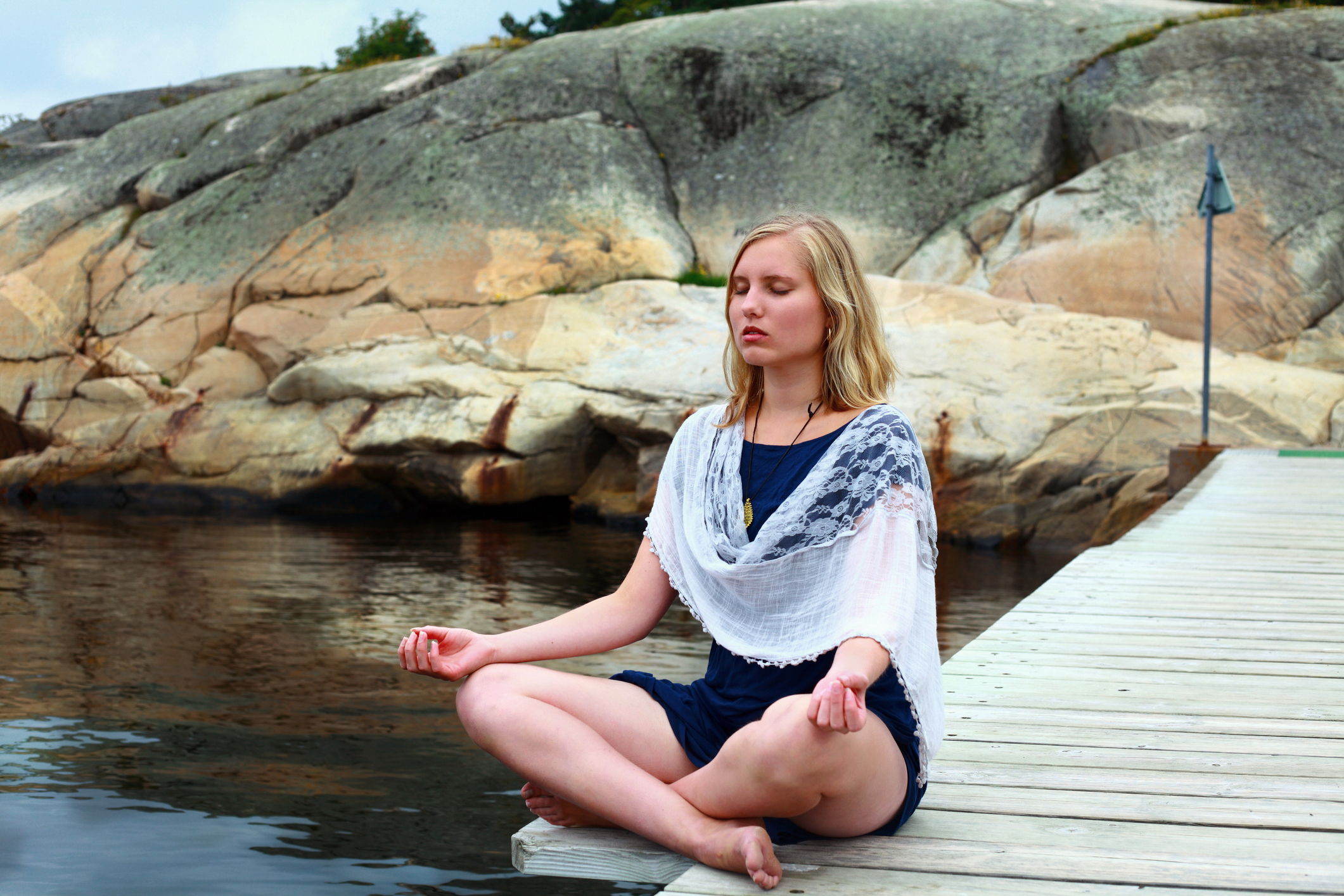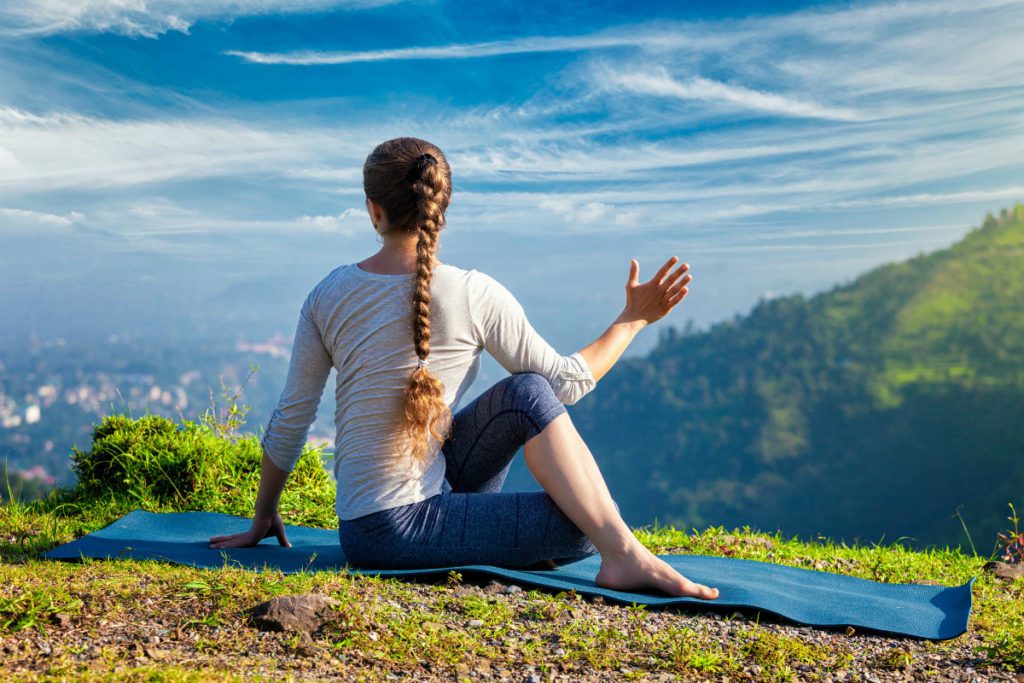The Eighth Limb of Yoga: Samadhi

Our on-going blog posts about the Eight Limbs of Yoga leads us to the final Limb, Samadhi.
Samadhi is defined as a union with the Divine. This uniting can happen before or after our death. Those who meditate may speak of Samadhi, as they hope to attain this state through their meditation practice. It’s also believed that when great Sages pass away, they achieve Samadhi through their passing.
The Yoga Sutras of Patanjali devote a chapter to the concept of Samadhi. Patanjali addresses different types of Samadhi in The Yoga Sutras: Samadhi “with a seed”, which is called Sabija Samadhi, and Samadhi “without a seed”, Nirbija Samadhi.
A seed is simply a mantra that can be used to help achieve Samadhi through meditation.
Both forms of Samadhi can be used effectively. Since there’s no real separation between ourselves and the divine, all it requires is one practice to achieve this state.
As suggested above, we can experience a greater understanding of Samadhi by practicing meditation. As we move into a deeper meditative state, we may have moments where we have no thoughts, and stop repeating the mantra.
Dr. Deepak Chopra calls this experience “slipping into the gap”, which is a non-local space between our thoughts. We don’t realize we’re in the “gap” when we’re there, but we can easily recognize its benefits after we’re done meditating.

When we move from meditation back into daily activity, we can take with us the bliss that the non-local state of being provides. As we slip into the gap, we also move past the ego-mind. Another way to
move past the ego is by connecting to the present and being in the moment we’re experiencing right now.
When we release the need to judge our experiences, cling to memories, or project into the future, we’re living in the present moment, which is a pure state of being. When we are full of fear, perhaps worrying about money, our relationships or what is happening in our careers, we’re not in a liberated
state— which keeps us further away from Samadhi, or our connection to the Divine.
As we experience our oneness and connection to the Divine through Samadhi, there’s no separation between all that exists in the Universe, and us. When we come to this realization, all of our desires are automatically fulfilled. That may sound confusing at first, but consider this:
How can we want something outside ourselves if we’re one with everything?
However, when we’re not in the pure state of being by living in the present moment, our ego-mind tells us that we’re separated from our desires, much like looking into a shop window. The objects of our desire are behind a pane of glass, always just beyond our reach— at least, that’s what the ego wants us to believe.
Connecting to the Divine through Samadhi allows us to be in a pure state of liberation. We no longer experience suffering or longing for things we feel we don’t have.
How Samadhi Can Help Heal Drug and Alcohol Addiction
Since drug and alcohol addiction stems from both of these feelings— suffering and longing— practicing Samadhi through meditation can help those in recovery.
Rather than filling voids with drugs and alcohol, connecting to the Divine and feeling the wholeness that already exists within us offers a spiritual solution in recovery.
Being connected to pure bliss on a daily basis through meditation also promotes a complete transformation of the body, mind and spirit. For this reason, Samadhi is a useful tool to help a person with addiction issues address cravings for harmful substances, which eventually allows the cravings to fall away.
While Samadhi is the Eighth Limb of Yoga, it’s not necessary to practice the Eight Limbs in a sequential order. As spiritual practices for well-being, the Eight Limbs of Yoga can be practiced at any time, in any order that serves you best.
Practicing one principle one day may be easier than the next. For example, one day you may find it easy to practice the First Limb of Yoga: Yama, Ahimsa, or non-harming. You may choose to practice Ahimsa by avoiding animal products that day.
The next day, you may wake up in a bad mood and dedicate yourself to practicing the Third Limb of Yoga, the Asanas, or yoga poses to invite balance and harmony back into your day.
When practicing the Eight Limbs of Yoga, the key is to refrain from chasing or grasping for any “correct” guidelines for living. Instead, it’s most effective to simply understand the practices the Eight Limbs encourage, set the intention to live by them, and then be easy with ourselves as we begin to improve our wellbeing by incorporating them into our lives, as we choose to.
Like the petals of a lotus flower, the results will then unfold for us exactly as they’re meant to.
